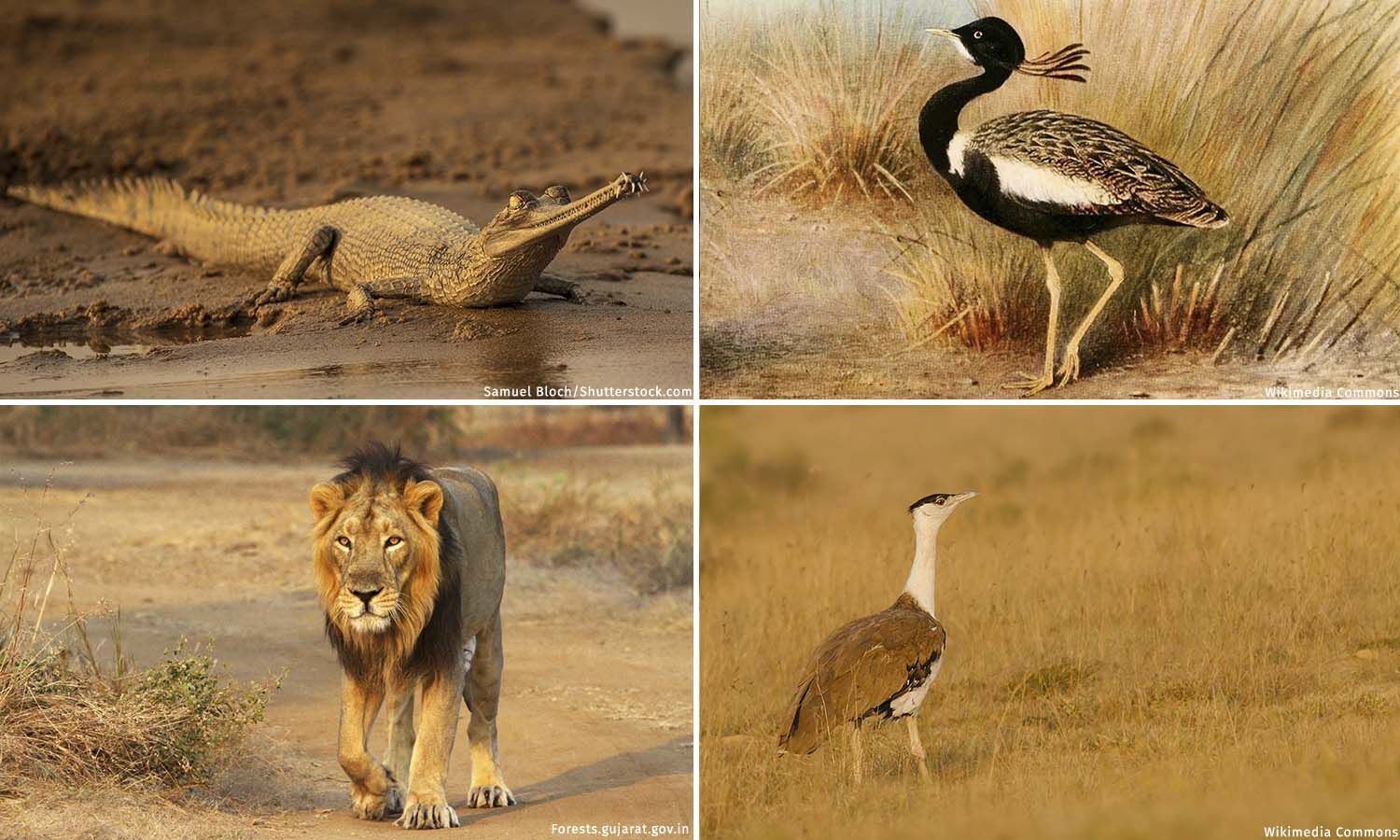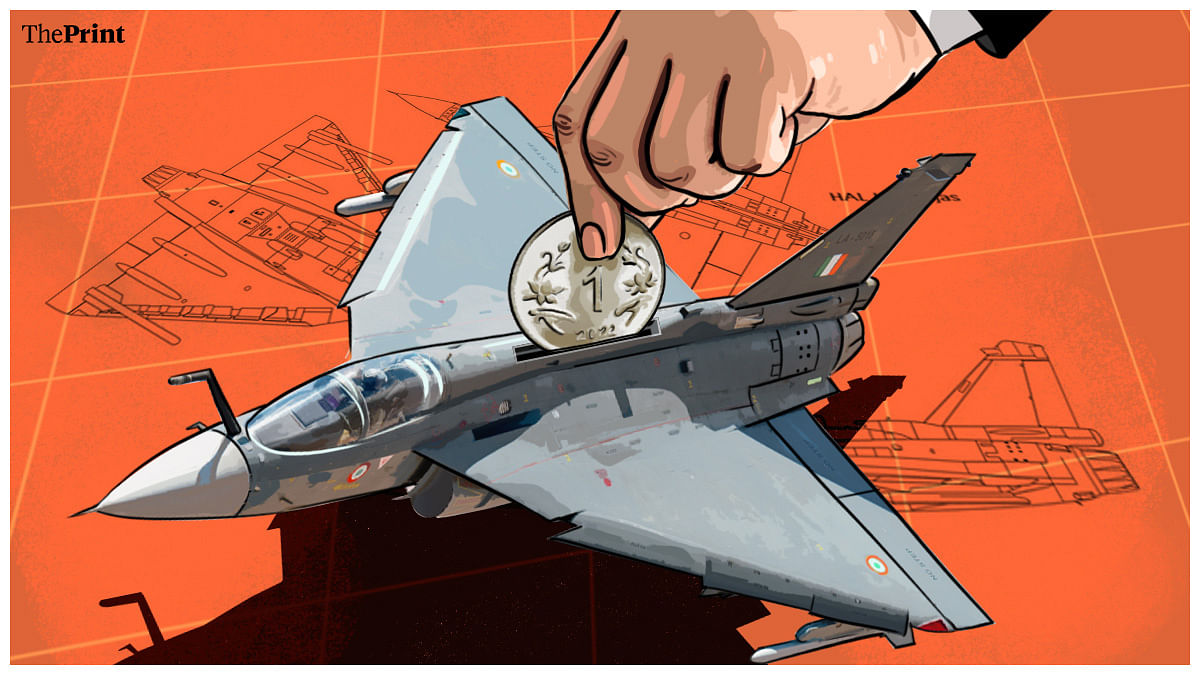- Arvind's Newsletter
- Posts
- Arvind's Newsletter
Arvind's Newsletter
Issue No #617
Arvind's Daily Newsletter -Issue No #617
This is the second newsletter issue on the Beehiiv platform. There are some of you who have complained that you have not received the first newsletter via this platform and few others who mentioned that the newsletter got categorised as promotional (under gmail) or spam. Please do provide feedback to me on delivery and other issues on [email protected]
1. For Wildlife Conservation 2022 will be remembered as the year of the Cheetah. However, 2023 in addition to the cheetah more focus will be needed on 4 indigenous species that are under threat.
For wildlife conservation in India, 2022 will be the year of the Cheetah. In September 2022, eight African cheetahs were translocated to Madhya Pradesh's Kuno National Park, in the hope of reviving this species, extinct in the country for nearly 70 years, and for conservation of grassland ecosystems.
Though this project got attention, and money, there are several species of birds, mammals and reptiles indigenous to India, threatened due to illegal hunting, habitat fragmentation, diseases etc., whose conservation requires a greater push in 2023, experts say. Read on.
2. Climate change has brought unnoticed damage to the large class of creatures in the animal kingdom – insects. This Reuters article uses some amazing graphics to first show us how huge the insect class is – with over 1 million species, insects make up around two thirds of all animal species on Earth. And the population of insects is supposedly going down at an alarming rate of 2% p.a, due to humans and our activities on the planet – deforestation, pesticide use, artificial light pollution and climate change. It then talks about the importance of insects to the environment – most notably on the food-chain. Read on
3. TN Ninan is one India's foremost business journalists. He is currently Chairman of Business Standard and columnist with Print. In this article he opines on the India's defence sector after the government opened up the sector to private players. A few snippets from his opinion piece are below but the whole article is worth reading.
“What few know is that India has the third- or fourth-largest budget for defence research and development (counting space and atomic energy as part of defence). The money spent is a lot less than by either the US or China, but it is bigger than the defence R&D budgets of the UK, Germany, and France, all of which make frontline defence weaponry in a way that India does not."
"On the one hand, it is evident that indigenously produced weaponry is slowly coming into its own, examples being the Tejas and Brahmos, a range of other missiles, and impressive shipyard capabilities. On the other, while officials who have dealt with the subject talk of a sharp increase in the sales of domestic defence units, a greater share for the private sector, and reduced dependence on imported hardware, the available numbers suggest that defence production has been more or less static in dollar terms, as indeed have defence exports.”
4. The story about Kamla Chaudhury, the woman (a founding mother) behind the setting up of Indian Institute of Management, Ahmedbad. For many years very little has been known of her, other than that she was Vikram Sarabhai's (the scientist who played a key role in setting up of IIMA) mistress. She was shunted out of the history of IIMA but in this article on her birth centenary, business historian Chinmay Tumbe (and Professor at IIMA) tells her story and redresses the record. Long Read.
5. Towards the end of each year The Economist's editor and correspondents draw up their selection of the best books, films, albums, podcasts—and more—released over the previous 12 months. This follows similar lists I had circulated yesterday from the New York Times. A selection from this list is provided below. The full list can be seen in the link of The Economist's the best of the year.
Selected from the Economist's best Movies
“Pinocchio” Two major Pinocchio films came out this year. Disney’s live-action remake of the classic cartoon was feeble, but Guillermo del Toro’s heart-rending version was a revelation. He sets the tale in fascist Italy (complete with a cameo appearance by Mussolini), and fills it with as much death and darkness as his earlier films, “The Devil’s Backbone” and “Pan’s Labyrinth”. But it’s also a rollicking delight, with rousing songs, gorgeous stop-motion animation and an endearingly pompous cricket voiced by Ewan McGregor.
“RRR” S.S. Rajamouli’s Telugu-language epic proved to audiences around the world that Indian films could be as action-packed, entertaining and excessive as anything produced in Hollywood. Set in Delhi under the British Raj in the 1920s, “RRR” is the tale of two Indian revolutionaries who become best buddies while concealing their true allegiances from each other. The dance routines and fight sequences are gloriously ridiculous, but there is a complex, earnest story of sacrifice and liberation in there somewhere. (Available for streaming on Netflix India and Hotstar)
“Top Gun: Maverick” Few people predicted that one of the biggest and most lauded films of 2022 would be a much-delayed sequel to a cheesy, 36-year-old paean to the US Navy. And yet “Top Gun: Maverick” turned out to be as painstakingly designed and assembled as any of the jet fighters flown so spectacularly by Pete “Maverick” Mitchell (Tom Cruise) and his cocksure trainees. Exhilarating but wistful, this is almost unique among sequels in that it honours its predecessor while improving on it in every way. (Available for rental on Amazon Prime and Apple TV)
Selected from the list best TV shows
“Barry”
Bill Hader, an erstwhile cast member of “Saturday Night Live”, is the creator, showrunner, star and lead director of this HBO show (Available on Hotstar in India), which follows an assassin who takes up amateur dramatics. He hopes to covertly confess his guilt, but instead finds himself on a troubled path to Hollywood stardom. It is nominally a comedy (each season has been nominated in that category at the Emmys); but the show becomes increasingly dark as its protagonist’s violent history, buried post-traumatic stress disorder from his time as a soldier in Afghanistan and burgeoning career endanger those around him.
“Better Call Saul”
Even in an era of endless franchise spin-offs, this prequel series was audacious. It had its premiere only a year and a half after the final episode of its acclaimed predecessor, “Breaking Bad”. Moreover the show made a protagonist from a bit-player, a criminal-defence lawyer. Yet “Better Call Saul” quickly proved that prequels can not only match expectations, but exceed them. In the final season Vince Gilligan and Peter Gould delivered a beautiful conclusion to Saul’s story, as well as a critique of the past quarter-century of anti-hero television—“Breaking Bad” included. (Available on Netflix in India)
“Slow Horses”
Based on the spy novels by Mick Herron, this show goes beyond the usual trappings of British espionage dramas by mixing serious stakes with cynical humour. The titular “Slow Horses” are based in the dimly lit and dilapidated Slough House, a division of MI5 intended to punish failed and exiled intelligence agents by way of busywork. Jackson Lamb (Gary Oldman) is their inebriated and belligerent taskmaster. With original music by Mick Jagger, this show is a welcome addition to a well-trodden genre (Available on Apple TV)
Selected from the list of best non-fiction books
The Age of the Strongman. By Gideon Rachman. Other Press; 288 pages; $27.99. Bodley Head; £20
It is striking how many of today’s leaders fit the strongman mould, notes a columnist for the Financial Times (formerly of The Economist). His subjects, including Xi Jinping and Prince Muhammad bin Salman, are a threat not only to the well-being of their own countries, he says, but to a world order in which liberal ideas are increasingly embattled.
Chip War. By Chris Miller. Scribner; 464 pages; $30. Simon & Schuster; £20
Semiconductors are central to modern life—they power everything from advanced weapons systems to toasters—but the supply chain is alarmingly fragile. Many countries see chips as a strategic asset. This timely book shows how economic, geopolitical and technological forces shaped an essential industry. Selected as the FT-McKinsey Best Business book of 2022.
The Power Law. By Sebastian Mallaby. Penguin Press; 496 pages; $30. Allen Lane; £25
Venture capitalists are often accused of prioritising growth at all costs, so feeding a recklessly aggressive capitalist culture. In this authoritative book a former journalist at The Economist—and husband of the current editor-in-chief—acknowledges the industry’s shortcomings but eloquently defends its achievements.
Agatha Christie. By Lucy Worsley. Pegasus Crime; 432 pages; $29.95. Hodder & Stoughton; £25
On December 3rd 1926 the famous novelist left her husband and young daughter and went missing for 11 days. That mysterious disappearance is at the heart of this colourful new biography, which pieces together what really happened that winter.
Budapest. By Victor Sebestyen. W&N; 432 pages; £25
Forever caught between East and West, the capital of Hungary encapsulates the drama of central Europe in its wonders and horrors. The author, who left the city as a child after the uprising against communist rule in 1956, excels in describing Budapest’s Habsburg heyday, the historical role of its Jewish population and the hubris and humiliations that have helped shape the city.




